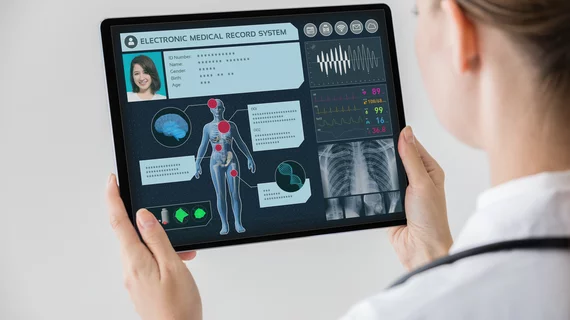Medical records, data easily found online through insecure networks
Sensitive information of more than 5 million U.S. patients, including medical records and data, are easily discoverable due to insufficient protections. This data is accessible to anyone with basic computer expertise and, in some cases, through free software programs or even a typical web browser, ProPublica reported in a recent investigation.
The media outlet uncovered 187 servers unprotected by passwords or basic security precautions where medical data was stored and retrieved, including in doctors’ offices, medical-imaging centers and mobile X-ray services.
In fact, the ease of finding records was less like hacking, and more like “walking through an open door” online, according to one expert who spoke with ProPublica. Medical data from more than 16 million patient scans, such as MRIs, CT scans and X-rays, were found in the investigation, and they included birthdates, names and even social security numbers.
The report underscores the importance of cybersecurity in healthcare, but few healthcare employees undergo any training in the field, according to one recent report.
See the full story below:

